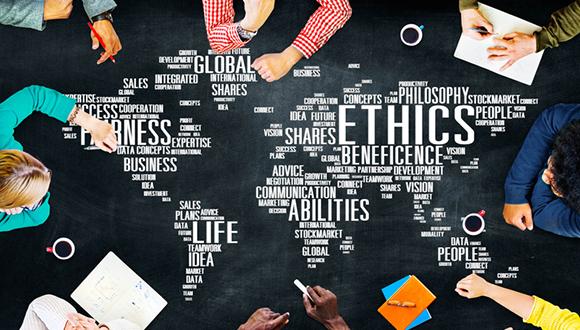Geography Department Seminar: Soil Remote Sensing in the era of the 5th industrial revolution
Prof. Eyal Ben-Dor, Department of Geography, TA
Abstract:
The remote sensing field is rapidly entering into the new era of the 4th industrial revolution. The industrial revolution started in the 18th century (mechanization and steam power) continue to the end of 10th century (mass production, assembly lines and electricity) and to 1970s (computer and automation) to today's revolution (cyber, robotics, IoT). In every era the remote sensing technology has progressed just a little whereas in the past 5 years we envisage an exponential progress either in sensors and platforms. Apparently amongst the terrestrial remote sensing arena, the soil remote sensing has a bit neglected while vegetation, water and atmosphere have been widely studied. Nonetheless, based on the electro-optic technology progress that has been achieved over the past 10 years, the soil body has more and more entering into remote sensing arena. The significant progress has been achieved mostly by adopting the new hyperspectral technology which provides spectral and spatial information under high temporal resolution and open up new frontiers in soil remote sensing. This progress enabled a new remote sensing capability never before achieved. Combining soil science and hyperspectral remote sensing (HSR) showed a promising tool for quantitatively studying soil properties from a-far. Going from point to image spectrometry is not only a journey from micro to macro scales, but also a long stage where problems such as dealing with data having a low signal-to-noise level, attenuation of the atmosphere, large data sets, BRDF effect, surface crust, moisture content and more are often encountered. In this paper we provide the history facts of the soil spectroscopy discipline and how it was adapted to the HSR era. A review of new HSR directions (e.g. thermal or LIDAR merging) and of the forthcoming HSR platforms and missions (air and space) and their affiliation to soil mapping is provided. Also a brief description on the effort done worldwide to gather many potential users into one group is reported. The paper ends with a general call to extend the utilization of the HSR technique into soil science and applications and to get prepared for the 5th industrial revolution era approaching our lives soon.
Seminar Organizer: Prof. Tovi Fenster


